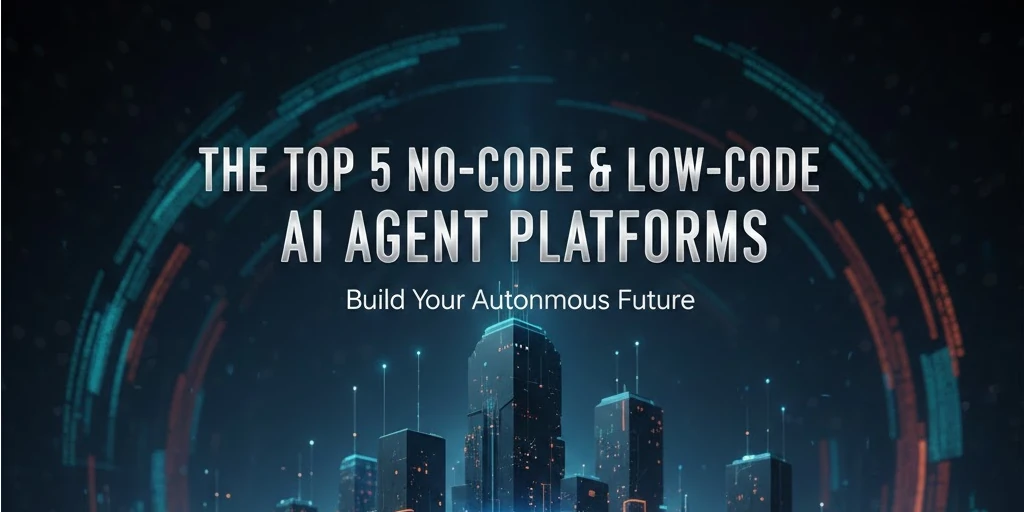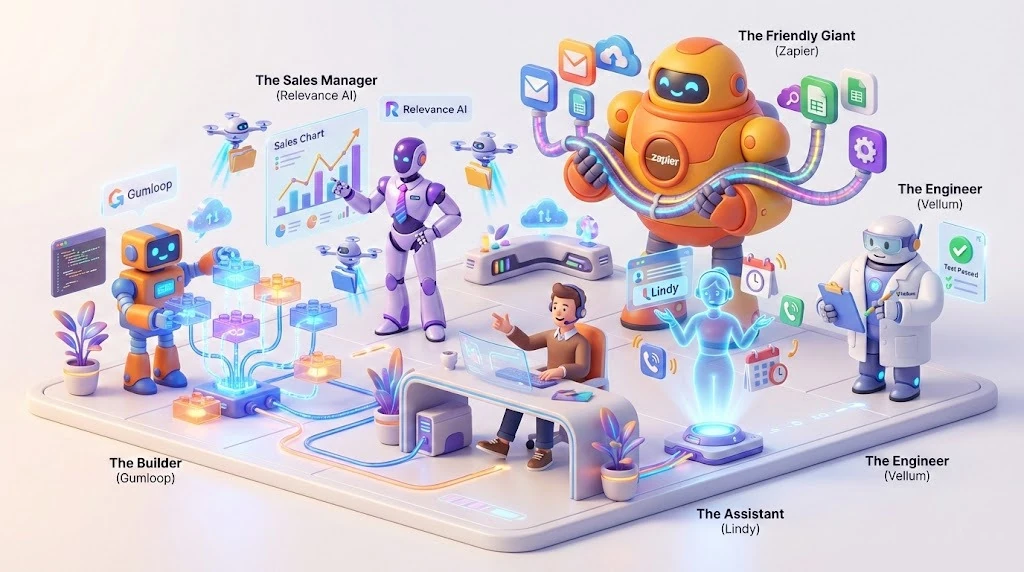.png)
What Does It Mean to Go Agentic?
Going agentic means integrating intelligent AI agents into your daily decision-making, workflows, and cross-functional collaboration. These AI agents execute repetitive tasks, generate insights, and even coordinate micro-decisions autonomously within defined guardrails. Instead of relying on traditional automation, the agentic model creates adaptive, learning systems that evolve with your company’s goals.
Long-tail keywords: "AI agents in enterprise leadership," "how CXOs use AI agents for decision-making," "agentic automation in business."
Why CXOs Need to Adopt AI Agents Now
CXOs are under pressure to operate faster while staying innovative and resilient. With distributed teams, volatile markets, and increasing data complexity, human-only decision models cannot keep up. Agentic transformation enables leaders to scale their decision frameworks efficiently.
Adopting AI agents allows executives to:
- Automate repetitive management workflows without losing oversight.
- Accelerate real-time decision-making across global operations.
- Create insights-driven strategies using continuous data analysis.
Long-tail keywords: "executive use of AI agents," "accelerate decisions through agentic leadership," "AI-driven business agility for CXOs."
Key Benefits of Agentic Leadership
1. Speed and Efficiency
AI agents operate continuously and instantly execute predefined actions. This improves operational agility and reduces time wasted in coordination bottlenecks.
2. Enhanced Ownership
When leaders delegate decision layers to AI systems with defined accountability, human oversight sharpens instead of fading. Ownership becomes distributed yet aligned with the organization’s mission.
3. Elevated Creativity
By freeing leadership teams from repetitive tasks, agentic work models unlock space for innovation, experimentation, and long-term creative thinking.
Long-tail keywords: "benefits of AI agent delegation," "improving executive agility with AI agents," "CXO workflows powered by automation."
Building the Mindset: From Automation to Autonomy
Traditional automation is instruction-based. Going agentic moves beyond that—toward systems that interpret goals, learn from context, and update strategies autonomously. This shift requires CXOs to rethink control. The mindset evolves from micromanaging tasks to defining purpose, policies, and principles that AI agents can execute within.
Cultivating this mindset requires:
- Trusting AI systems to act within ethical and strategic boundaries.
- Encouraging teams to interpret AI feedback rather than just follow commands.
- Redefining success metrics to include speed, adaptability, and insight depth.
Long-tail keywords: "executive mindset for AI autonomy," "agentic mindset versus automation," "CXO guide to AI leadership transformation."
Practical Ways to Integrate AI Agents into Daily Work
1. Executive Dashboards Powered by AI Agents
Set up AI assistants that scan real-time metrics and deliver contextual insights during board meetings or reviews.
2. Automated Decision Support Systems
Use agentic models to simulate outcomes of strategic moves—pricing, supply chain shifts, or hiring plans—before implementing them.
3. Personalized Leadership Assistants
AI copilots can draft executive summaries, generate partnership insights, and manage scheduling autonomously.
4. Agentic Workflows in Operations
Deploy task-specific agents that monitor customer experience, logistics, or compliance, escalating anomalies directly to decision-makers.
Long-tail keywords: "daily use of AI agents for executives," "AI agents in business strategy execution," "automation in CXO operations."
Governance, Ethics, and Trust in Agentic Leadership
AI adoption cannot thrive without strong governance. Responsible agentic leadership means maintaining visibility into how agents make decisions and what data they use.
Establish formal supervision channels:
- Define clear approval hierarchies for critical actions.
- Document all AI-driven decisions for auditability.
- Set ethical boundaries to prevent cognitive bias or misinformation.
- Educate senior teams on how to interpret AI inputs critically.
Long-tail keywords: "AI governance for CXOs," "ethical use of AI agents in business," "responsible agentic automation practices."
Steps to Launch an Agentic Transformation
- Identify High-Impact Areas – Start where repetitive cognitive tasks slow teams down: analytics, reporting, or vendor management.
- Align Technology with Strategy – Choose AI platforms that integrate easily into your operational ecosystem.
- Set Behavioral Protocols – Define what agents can decide autonomously versus what requires human review.
- Train for AI Fluency – Educate executives and managers to interpret and challenge AI logic effectively.
- Measure ROI and Iterate – Monitor outcomes through operational KPIs like decision speed, workforce capacity, and cost reduction.
Long-tail keywords: "how to implement AI agents in business," "agentic transformation roadmap for CXOs," "AI agent adoption strategy for enterprises."
Final Thoughts: The Future Belongs to Agentic Leaders
In the next decade, the most adaptive companies will be led by executives who know how to collaborate with their AI counterparts. Going agentic is not merely a technology upgrade—it is a leadership evolution. By combining human judgment with machine autonomy, CXOs can cultivate businesses that are agile, intelligent, and future-ready.
Inspire Others – Share Now
Agentic AI Saksham
India’s Only 1st Ever Offline Hands-on program that adds 4 Global Certificates while making you a real engineer who has built their own AI Agents
EV
Saksham
India’s Only 1st Ever Offline Hands-on program that adds 4 Global Certificates while making you a real engineer who has built their own vehicle
Agentic AI LeadCamp
From AI User to AI Agent Builder — Capabl empowers non-coding professionals to ride the AI wave in just 4 days.
Agentic AI MasterCamp
A complete deployment ready program for Developers, Freelancers & Product Managers to be Agentic AI professionals
Table of Contents
- What Does It Mean to Go Agentic?
- Why CXOs Need to Adopt AI Agents Now
- Key Benefits of Agentic Leadership
- Building the Mindset: From Automation to Autonomy
- Practical Ways to Integrate AI Agents into Daily Work
- Governance, Ethics, and Trust in Agentic Leadership
- Steps to Launch an Agentic Transformation
- Final Thoughts: The Future Belongs to Agentic Leaders


.webp)




